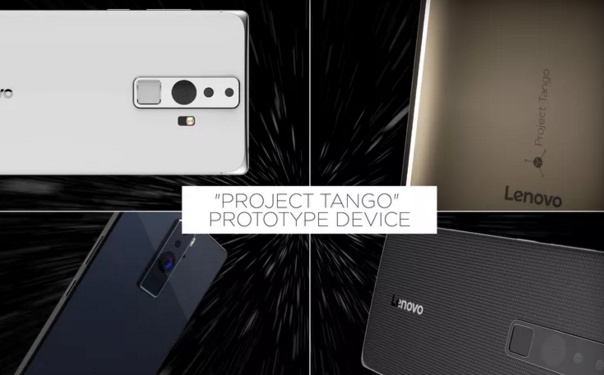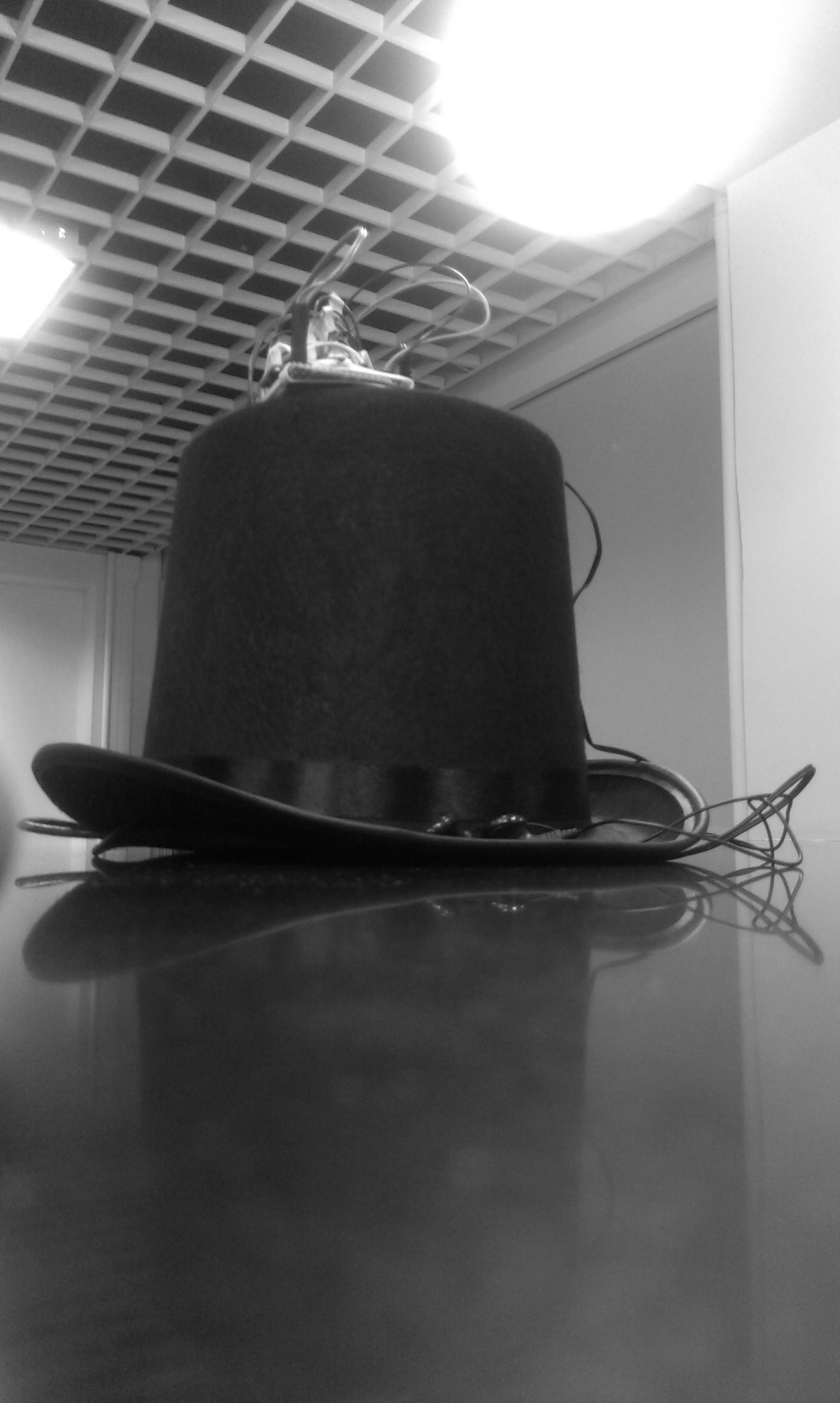
Google and Lenovo partners on Project Tango to bring 3-D mapping to smartphones

Yesterday in the evening at CES 2016 Google and Lenovo announced that they’ve teamed up to build and sell the first smartphone that could be able to support Google’s Project Tango. The device will cost under $500 and will launch globally later this year.
Tango, unveiled nearly two years ago, allows devices to map the 3D space around them in real-time using a combination of cameras and sensors. That means that smartphones, tablets or other devices can measure the dimensions of a room, measure distances between objects or display them in a camera’s view as augmented reality.
In parallel Google announced an app incubator program to motivate developers to create apps and games for the new platform. The best will receive funding and be featured on Lenovo’s phone out of the box.
We don’t know yet if whether Lenovo is an exclusive partner or if Google is going to announce more phones supporting the technology in the coming months. Nonetheless the project brings endless possibilities for indoor mapping. We’re waiting to put our hands on that device.





